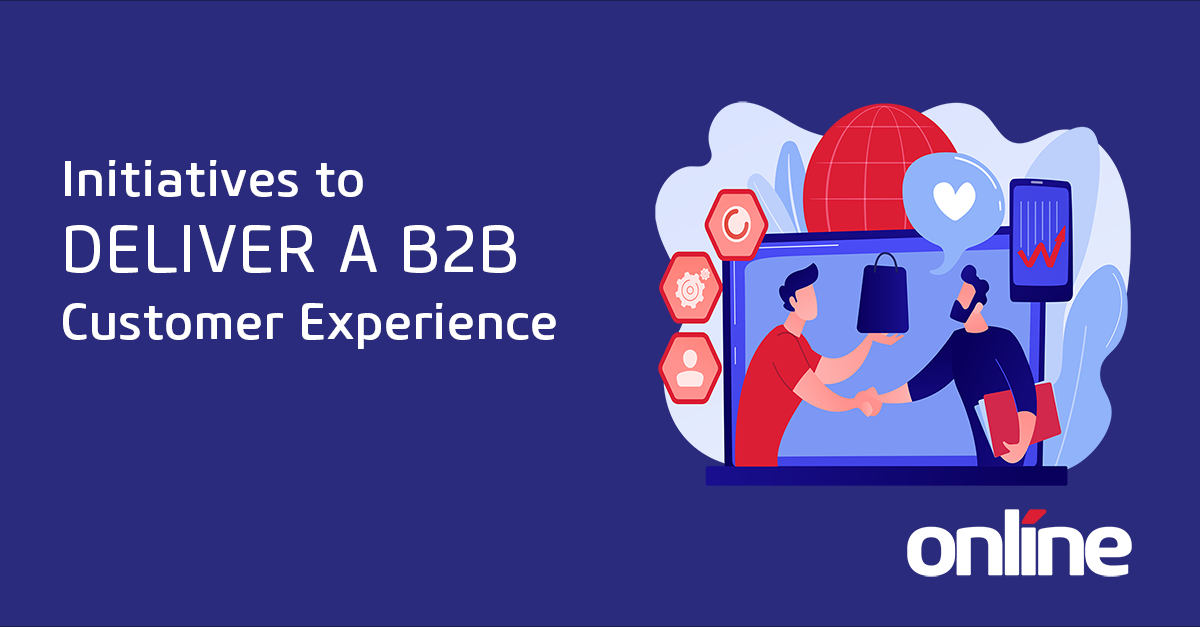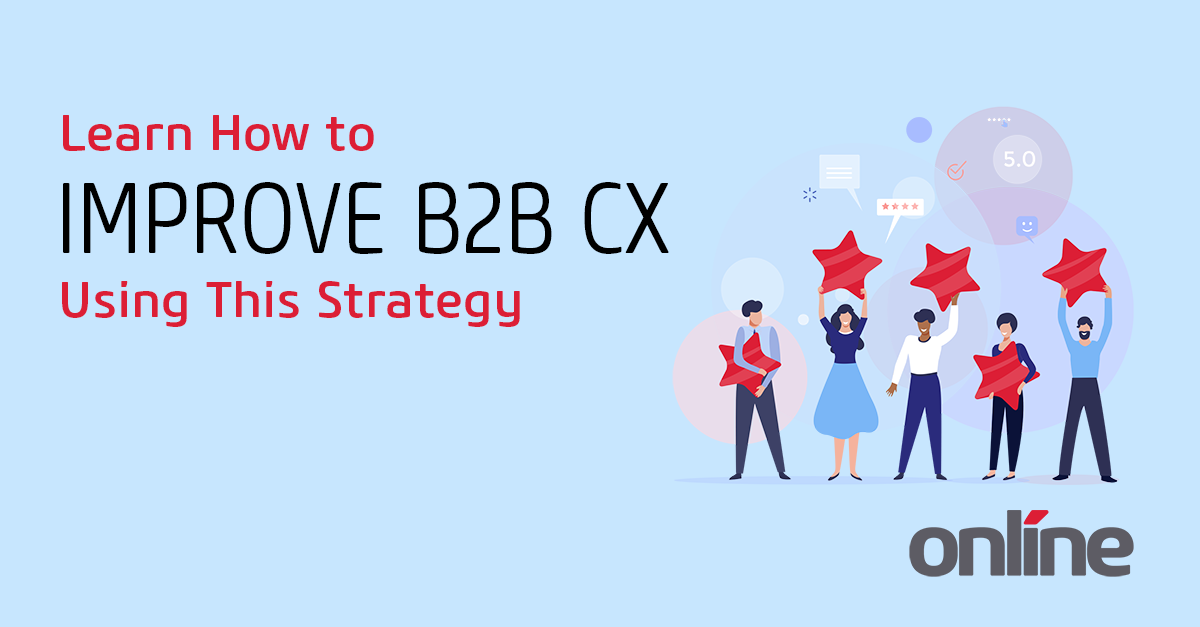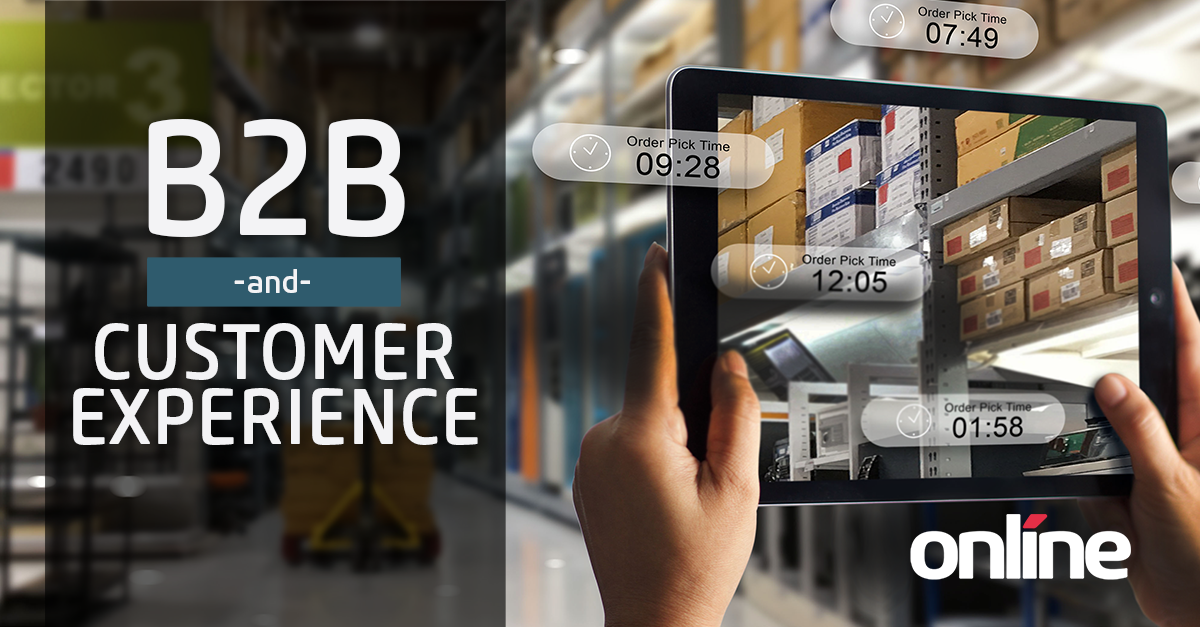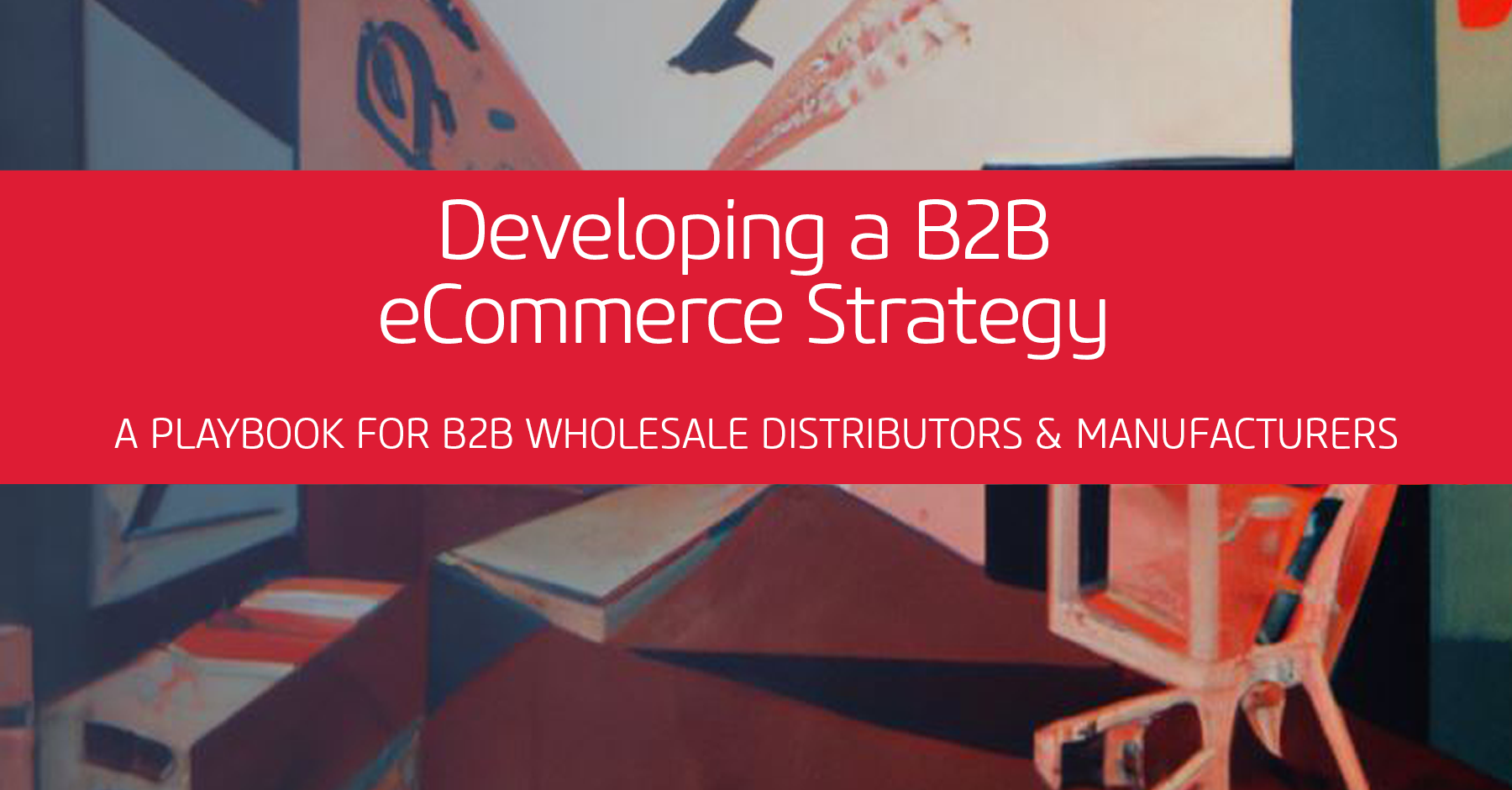This post is Part II of the two-part series on developing a B2B Customer Experience strategy. We have defined strategy as “vision + goals + initiatives.” Here is a link to the first post in case you missed the discussion on strategy, vision, and goals.
“Strategy without tactics is the slowest route to victory. Tactics without strategy is the noise before defeat”, Sun Tzu
Below we outline five candidate CX initiatives that are blueprints from which multiple detailed projects can be defined.
The projects deliver the solutions that fill the gaps between your current people, process, and technology capabilities and your desired future state. The projects are prioritized, and road mapped into phased releases that iteratively and progressively deliver exceptional customer, stakeholder, and business value.
Initiative 1: Improve The Customer Journey
Developing a customer-centric culture means considering the customer during every business decision.
Companies can waste money altering unexceptional analog interactions into equally poor digital experiences. To determine where to change, you must first understand the customer’s current experience as they engage the company and then identify the sources of customer friction and delays to be resolved.
For example, friction such as:
- Not knowing the identity of the customer you are dealing with, not just their name
- Not knowing the products in the eCommerce cart that they require help with
- Not knowing who their account manager is
- Call-centre touchpoints are about call-centre KPIs and not customer KPIs
We start by mapping out the customers' experience based on a journey much like the one shown below. Customer journey mapping provides an overview of the customer’s touchpoints with your company and identifies areas of success and opportunities for improvement.
At a high level, a typical customer journey mapping exercise would include:
1. Identify the B2B customer persona(s) to address in the journey map. B2B often has many different roles involved in the journey.
2. Map the customers' journey from start to end.
3. Review the CX vision against the persona’s current touchpoints with your company and identify the nature of their experience (good, bad, indifferent).
4. Analyze the customer touchpoints against your company's current business capabilities: people, processes, and technology.
5. Determine the context and causes of customer dissatisfaction and identify recommendations to improve.
6. Translate the recommendations into solutions and a roadmap of prioritized initiatives.
Initiative 2: Deliver a Personalized and Frictionless B2B Experience Across All Channels
The results of this initiative can be viewed as a subset of the outcomes from “Initiative 1: Improve the customer journey”, but it is worth calling out separately as it is not an easy lift.
Delivering personalized services to B2B customers means giving them efficient, seamless, tailored experiences that translate into wanting to interact more closely or more often with your company. Getting to know your customers better enables you to tailor offers and services, and present them according to their preferences at every touchpoint, including eCommerce.
With the B2B customer shopping, buying, and support journey now across multiple channels from person to person, remote, and digital, successful personalization must bridge each channel.
Delivering a personalized customer experience across the company requires sharing information through conversations and technology. Personalization and experience improvements can be progressively delivered starting in low-risk areas that may provide significant impact, building to a more comprehensive overall set of solutions.
When we think about personalization, consider the:
- Sequence: Provide your customers with a personalized series of activities. For example, one customer might be a buyer at a branch location and get approval from a corporate-level buyer. Another customer might need a quote that must flow through the sales rep who manages the account.
- Channels: Deliver a personalized consistent experience across all channels, including digital and analog touchpoints
- Digitize: Digitally enable customer touchpoints wherever customer value can be achieved.
- Integration: Provide employees and systems (e.g., Call Center. eCommerce, Sales) with customer data to personalize the experience and empower them to better serve customers.
Initiative 3: Develop Customer Insights
Developing valuable customer insight underpins the delivery of a great customer experience. First, you want to increase the effectiveness and profitability of your product or service by understanding your customer behaviour. Then you want to continually mine that data to anticipate and respond to changes in behaviour.
Additionally, predictive analytics help to anticipate customer needs and predict the customers' next steps, allowing you to improve experiences as their journey unfolds. These predictions can be used to understand the factors such as customer defection, identify high-risk customers, and anticipate the next most likely purchase.
Data for customer insights such as this can be extracted from your enterprise systems and managed in a central location such as an analytics warehouse, data lake or dedicated customer experience platform. From here, analytics and dashboards can be created, including gaining customer insights and measuring the progress towards your goals.
Initiative 4: Customer-Centric Culture
The most significant barrier to customer-centricity is the lack of it reflected in the company culture. Most B2B company cultures are product and sales-driven. As a result, customer-centricity is considered a priority only for specific functions such as marketing. To successfully implement a customer-centric strategy, a company must have a culture that aligns with customers across the organization. Everyone’s role impacts the customer. A customer-centric culture requires leaders who intentionally cultivate this mindset in their employees.
To cultivate a customer-centric culture, business leaders should consider the following actions:
- Operationalize customer empathy
- Hire employees within that are emotionally intelligent
- Democratize customer insights
- Develop customer-focused leadership
- Facilitate direct interaction with customers
- Link employee culture to customer outcomes
- Tie compensation to the customer experience
- Leaders must hold themselves accountable to these same standards.
Many of these actions are people and process changes that will require a well-defined and executed change management plan.
Initiative 5: Derive Continuous Feedback
To remain a customer-centric company, it is essential to facilitate continuous customer feedback throughout their B2B customer journey. Continuous feedback ensures that customers are not encountering unwanted hurdles or roadblocks. It also provides assurance that employees are keeping the customer top-of-mind. In addition, feedback needs to be constant because your company constantly changes, including new products and services.
Collecting feedback highlights what’s working and what isn’t. The purpose of collecting this feedback is to act upon it swiftly and appropriately, as it underpins the importance of business agility in customer-centricity.
Example approaches to gathering feedback include:
- Analyzing customer data collected by enterprise systems
- Issue feedback requests or surveys via email, social media, or SMS, including offering incentives
- Website, eCommerce, or mobile app feedback links
- Monitor social media conversations
- Analyze recorded sales calls
- Conduct customer interviews or focus groups
- Create an online community
CX Roadmap
Once you have identified the initiatives, next you need to place those initiatives onto a CX Roadmap. The CX Roadmap defines the tactical path forward to incrementally achieving the vision of customer-centricity. Technology and business initiatives are plotted onto the roadmap, enabling benefits realization, and taking advantage of quick wins when deciding what items to place on a CX roadmap. The company’s culture, risk tolerance, agility, and technical landscape must be considered.
Note: Breaking the initiatives into smaller changes and creating small, tight releases, especially initially, will reduce risk, get positive visibility and momentum in the company sooner and blaze the way for incremental improvements.
The steps to creating the roadmap from the list of initiatives include:
|
1. Solutions |
Define people, processes, and technology changes to fill the CX gaps in your current capability. |
|
|
2. Projects |
Translate the solutions into tactics, understanding cost, scope, duration, and resource requirements. |
|
|
3. Roadmap |
Prioritize the projects, create phases/streams, understand dependencies and constraints, and plot onto a roadmap. |
|
One of the challenges with creating a roadmap is capturing the suitable project duration, effort, and cost to ensure accurate budgeting and planning. Therefore, we propose an evergreen approach to clarify the work, particularly for upcoming releases and projects. The results may require that the priorities and release plan be revisited frequently.
Wrapping-Up
Delivering the CX as outlined in this blog post is no easy task; some of the technologies involved are complex, such as applying AI/machine learning to personalization. In addition, some projects require considerable organization change management, and some solutions need foundational technologies such as data warehouses and advanced analytics as a foundation prior to capturing insights.
Need help along the journey to customer-centricity? Online Business Systems has the customer experience, data, analytics, strategy, road mapping and implementation experience. As you mature along with the CX capabilities, we at Online Business Systems would be happy to be your partner.




Submit a Comment